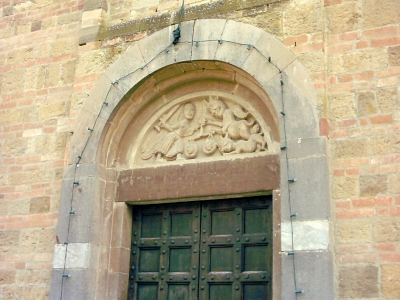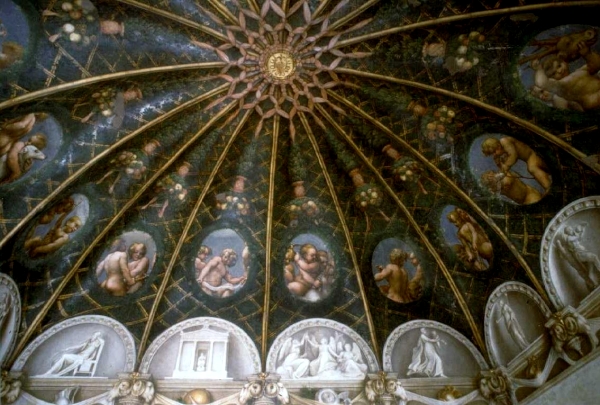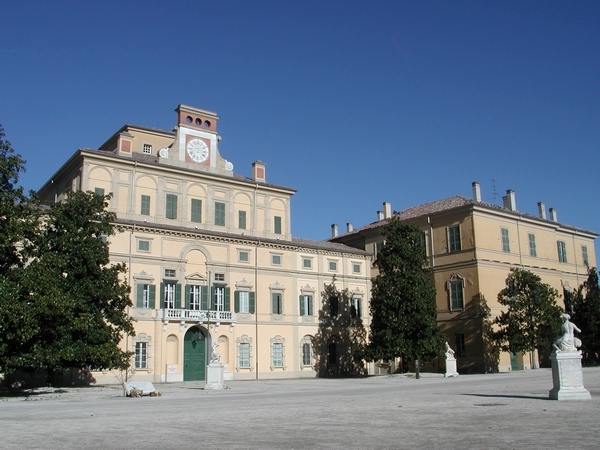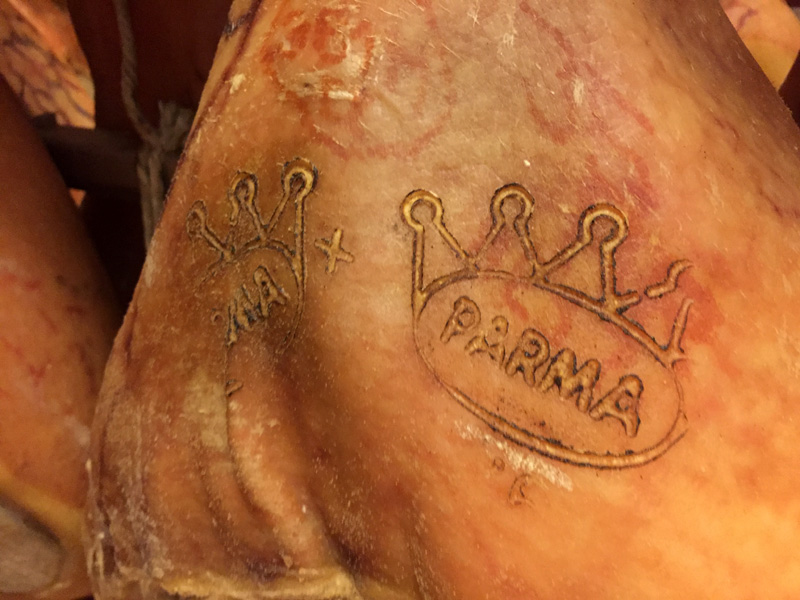The roman colony of Parma was founded in 183 BC on the Aemilia Road, very important artery of communications between the towns of Piacenza and Rimini. After the falling of the Roman Empire the city declines and its monuments become the caves for the Middle Age buildings.

The Middle Ages are a flourishing period for Parma, under the guidance of the count-bishops until the birth of the Comune that will create, on the place of the Roman Forum, the second city square after the Cathedral one: Piazza grande, today Garibaldi square. What allows visitors to assist at the passage from Romanesque to Gothic art, are the monumental Medieval buildings: the Cathedral and the Baptistery, both touched by the hands of the great sculptor and architect Benedetto Antelami.
During the Seignorial Age the medieval castles lived a second birth in the plain, on the hills and in the Apennines high valleys: Fontanellato, Torrechiara, Bardi are still today the witnesses of the strength of the powerful dynasties which held the shared Parma territory. Torrechiara Castle is one of the most visited castle of this period because of its location and its wonderful Camera d'Oro (Golden Room) with frescoes that date back to 1464.

In 1731 the last Farnese Duke dies and the Duchy passes to the sons of Elisabetta Farnese and the king of Spain, Philip V Bourbon. During the first Bourbonic period the Duchy is stripped of the Farnese collections by Charles Bourbon, who transferred them to the Royal Palace in Naples and became the King of the Reign of the two Sicilies. After 1748 Charles' brother Philip and his wife Louise Elisabeth, daughter of the king of France Louis XV, came to Parma as new ducal couple. A strict link with France characterized this period: state ministers and several artists came from France: the Accademia di Belle Arti is founded in 1752 and the summer residence in Colorno is transformed into a small Versailles.

At the death of the Duchess, Parma was returned to the Bourbons the last rulers of the State till the unification of Italy in 1860.
The town enters the new century with its economy and population in growth. The demolition of the walls, awful decision in the name of the expansion of the town, witnesses the lucky period.
 Since 1950’s the name of Parma has been more and more associated with the food field, image that will develop in the following decades. The production of the famous Parmigiano-Reggiano cheese, of the sweet Prosciutto (ham) and the culatello brought Parma on the world scene. Several Food Museums can be now visited on the territory (Parmigiano-Reggiano, ham, salame, tomato) and in 2003 the food vocation of the town was crowned by the choice of the town as headquarters of the E.F.S.A. (European Food Security Authority) whose institutional seat will be the Ducal Palace.
Since 1950’s the name of Parma has been more and more associated with the food field, image that will develop in the following decades. The production of the famous Parmigiano-Reggiano cheese, of the sweet Prosciutto (ham) and the culatello brought Parma on the world scene. Several Food Museums can be now visited on the territory (Parmigiano-Reggiano, ham, salame, tomato) and in 2003 the food vocation of the town was crowned by the choice of the town as headquarters of the E.F.S.A. (European Food Security Authority) whose institutional seat will be the Ducal Palace.
The mixture of history, art, music and food makes Parma a precious jewel to be discovered by more than one visit.






